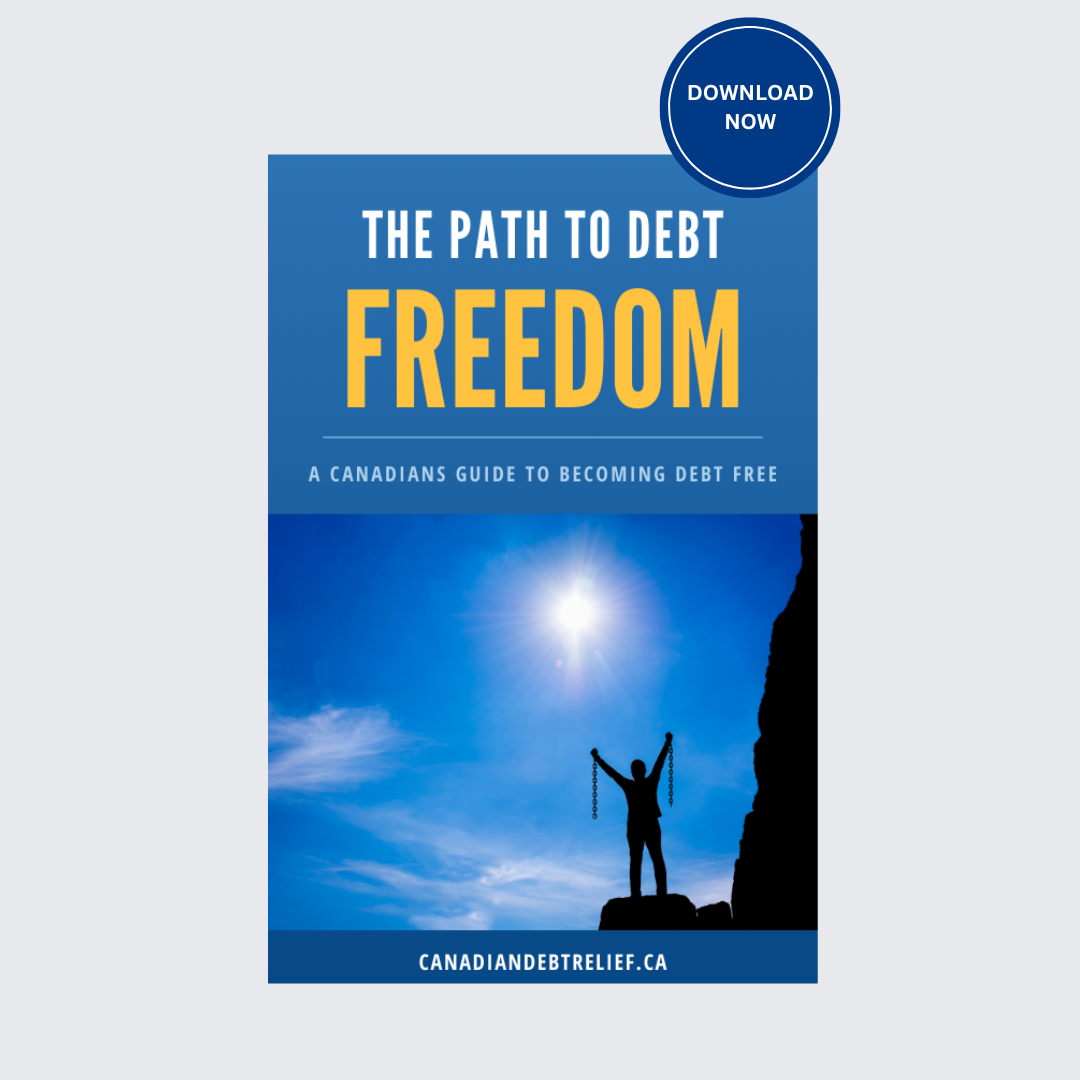Consumer Proposal vs. Bankruptcy: A Comparison

Tyler McAllister
Senior Finance Writer

Consumer Proposal vs. Bankruptcy: A Comparison
When faced with significant debt, individuals in Canada have two predominant legal options to consider for relief: filing a consumer proposal or declaring bankruptcy. Both avenues can provide a fresh start for those overwhelmed by financial obligations, but they come with distinct processes, impacts, and outcomes. Understanding the differences between a consumer proposal and bankruptcy is crucial for making an informed decision that aligns with one’s financial goals and circumstances.
What is a Consumer Proposal?
Overview
A consumer proposal is a legally binding agreement facilitated by a Licensed Insolvency Trustee (LIT). It allows individuals to make an offer to their creditors to pay back a portion of their debts over a specified period, up to five years. The payments are made through the trustee, who then distributes the funds to the creditors. This option enables debtors to retain their assets while making manageable monthly payments towards their debt.
Benefits
The primary advantage of a consumer proposal is that it significantly reduces the total debt owed, as creditors typically accept a portion of the original amount. Furthermore, interest charges on the debts are frozen from the day the proposal is filed. It also prevents creditors from taking legal action to recover their money and stops any wage garnishments in effect. Unlike bankruptcy, a consumer proposal offers a less severe impact on one’s credit rating, marked as an R7 for the duration of the proposal plus an additional three years.
What is Bankruptcy?
Overview
Bankruptcy, on the other hand, is a legal process wherein an individual declares their inability to meet their debt obligations. The process involves surrendering certain assets and any excess income (beyond what is considered necessary for reasonable living expenses) to a trustee in bankruptcy. These assets and funds are then used to pay off creditors. Bankruptcy is typically seen as a last resort for individuals with no feasible means to pay off their debts.
Benefits
The immediate benefit of declaring bankruptcy is the relief from the pressure of unmanageable debt. Once filed, it provides legal protection against creditors, halting all collection attempts, wage garnishments, and lawsuits related to your debts. Bankruptcy can lead to the elimination of most, if not all, debts within 9 to 21 months for a first-time bankrupt. However, it significantly affects one’s credit rating, marking it as an R9—the lowest rating—for six to seven years, depending on the province.
Key Differences Between Consumer Proposal and Bankruptcy
Impact on Assets
In a consumer proposal, individuals can keep their assets, including homes and vehicles, provided they continue to make payments on those loans. Bankruptcy might require surrendering some assets to the trustee for the benefit of the creditors, depending on the asset’s value and exemptions allowed by provincial or federal laws.
Credit Rating Impact
While both options negatively affect credit ratings, a consumer proposal is less damaging than bankruptcy. A proposal reflects as an R7, indicating that the individual is making special arrangements to pay back their debts, whereas bankruptcy is an R9, indicating that the debtor has defaulted on their debt repayment obligations.
Cost and Duration
The cost of filing a consumer proposal or bankruptcy varies, depending primarily on the individual’s debt amount, income, and assets. Consumer proposals can last up to five years, offering a more extended period to pay off debts at a reduced rate. Bankruptcy, however, usually results in a quicker discharge of debts but comes with stricter monthly reporting requirements and potential loss of assets.
Conclusion
Choosing between a consumer proposal and bankruptcy depends on various factors, including the amount of debt, income, assets, and the impact on one’s credit rating. Individuals facing financial difficulties should consult with a Licensed Insolvency Trustee to explore their options and make an informed decision that best suits their financial recovery goals. Remember, both these legal processes are designed to offer relief from debt and a pathway to financial stability.
